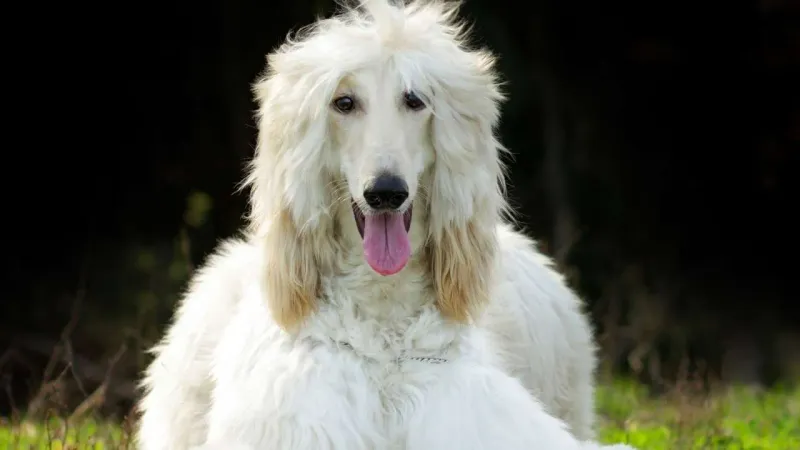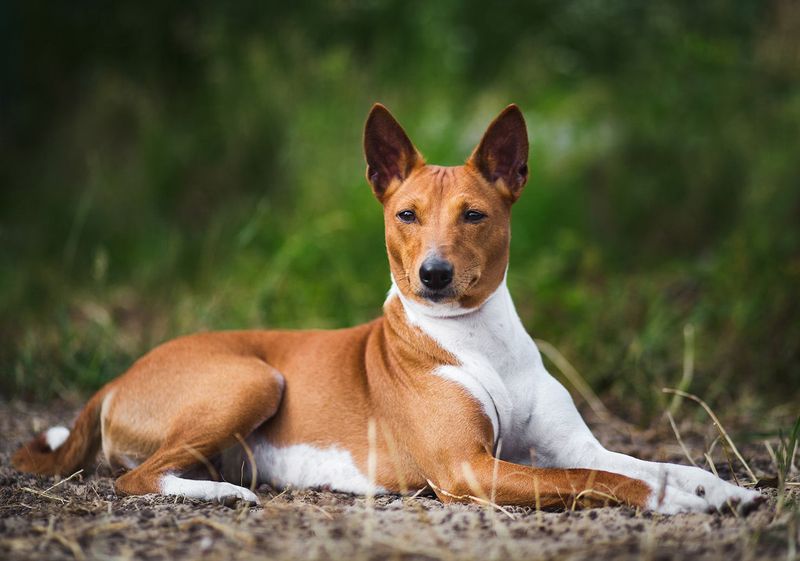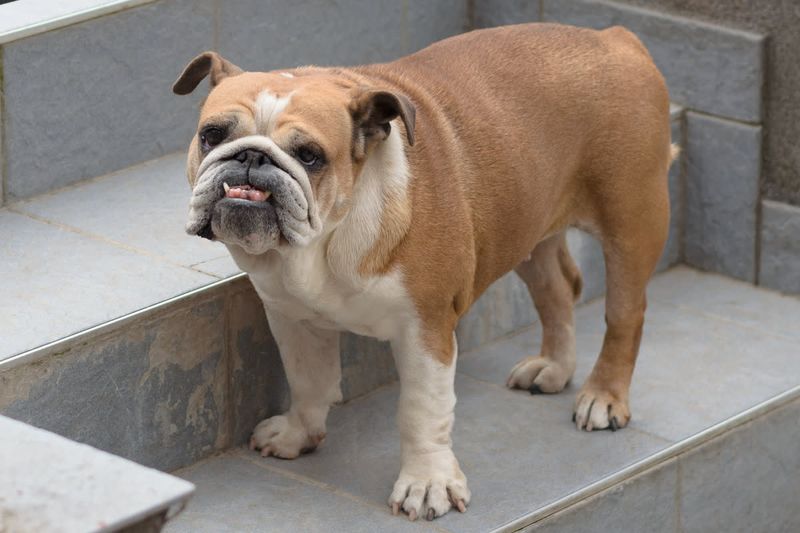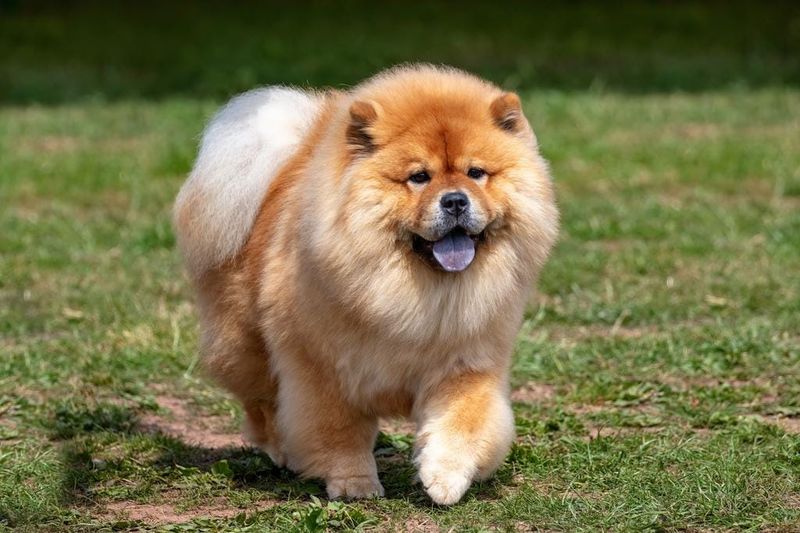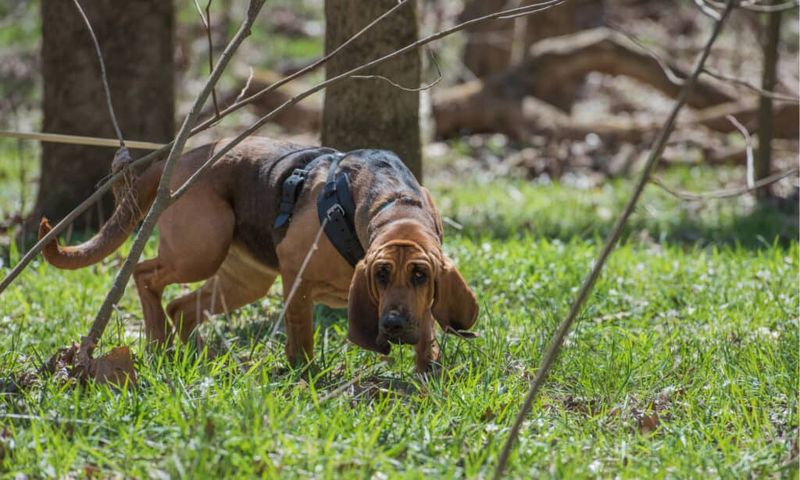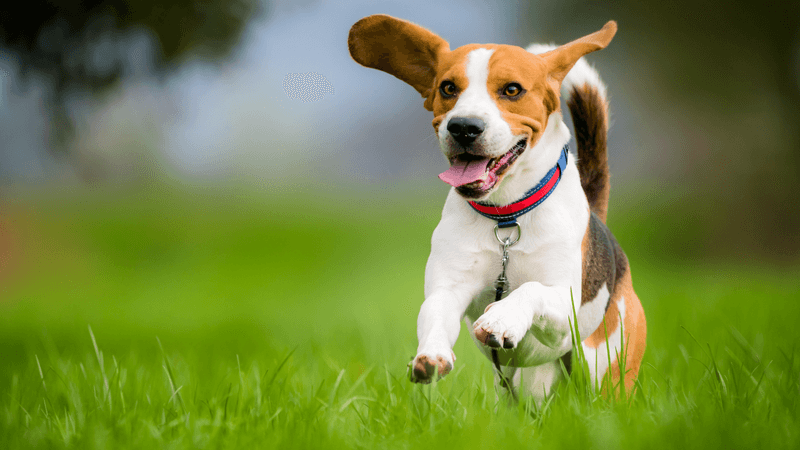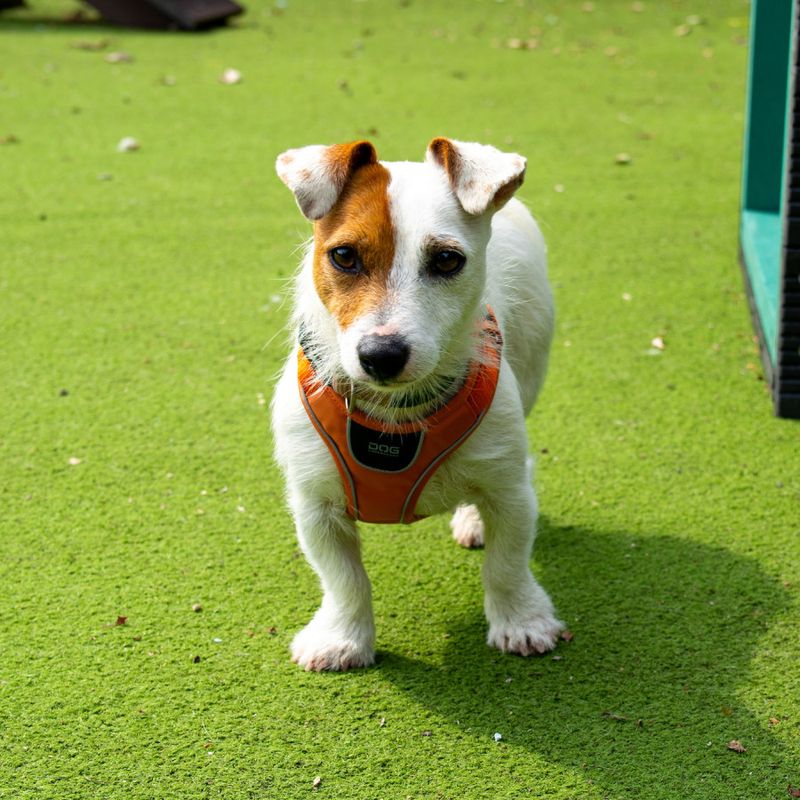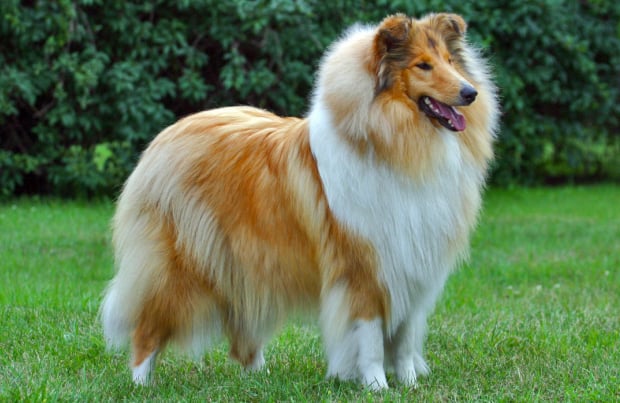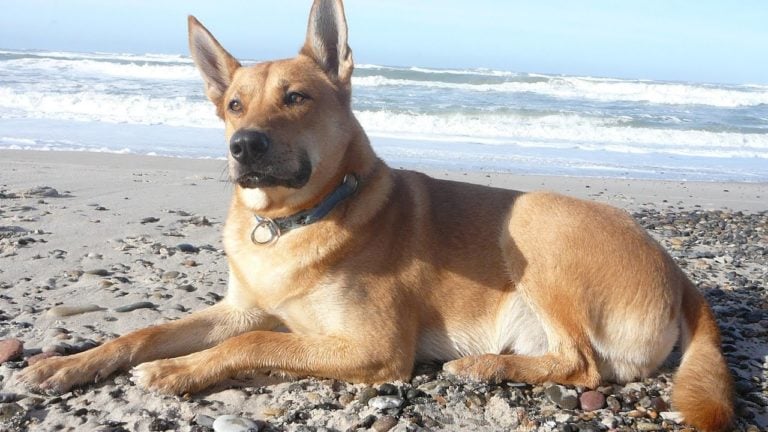The 10 Worst-Behaved, Least Obedient Dog Breeds in the World, According to Data
Some dogs are eager to please. Others… not so much.
While every pup deserves love, some breeds are notorious for testing your patience (and your will to stay calm during obedience training).
If you’ve ever felt like your dog heard your command, blinked, and then walked away like you were the problem—this list is for you.
Certain breeds simply aren’t built to follow orders on command. Whether it’s a streak of independence, a nose that leads them away from everything else, or a royal-level sense of entitlement, these dogs make training an uphill battle.
This doesn’t mean they’re bad dogs—in fact, many of them are brilliant in their own right. But they tend to rank low in obedience trials, ignore basic commands, and show more sass than submission.
They’re the canine rebels, the four-legged free spirits, the ones who make “sit” and “stay” feel like optional suggestions.
Of course, every dog is an individual. You’ll find obedient Afghan Hounds and rebellious Labradors, depending on the dog and the trainer.
Still, data and breed characteristics paint a pretty clear picture of which dogs are most likely to do their own thing… even when you’ve just called them for the fifth time.
So, if you’re looking for a challenge—or you’re wondering why your furry friend flat-out refuses to listen—you’re in the right place.
We’ve rounded up the top 10 worst-behaved, least obedient dog breeds in the world, according to expert data and real-life experience.
Get ready to meet the lovable rogues of the dog world. They might drive you a little crazy, but hey—life’s never boring when your dog has zero interest in playing by the rules.
1. Afghan Hound
Graceful but fiercely independent, Afghan Hounds are known for their aloof nature and resistance to training. They rank low on obedience scales, not because they aren’t intelligent—but because they simply don’t care to listen.
These hounds have a regal presence and often carry themselves with a dignified air. Their beauty is unparalleled, yet their temperament can frustrate even the most patient trainer.
Despite their independent streak, Afghan Hounds are affectionate with their families, showing a different side when relaxed at home. Training requires creativity and patience to match their unique personality.
2. Basenji
Often called the “barkless dog,” the Basenji still manages to frustrate trainers with its strong-willed and cat-like personality. These dogs are clever but notoriously difficult to train due to their stubborn streak.
Basenjis are known for their startling intelligence, often finding their own ways to solve problems. This intelligence, coupled with their independence, makes them a challenge for obedience training.
Their quiet nature doesn’t equate to simplicity; Basenjis have a complex character that often leaves owners both amused and puzzled. Their exotic origin adds to their intriguing allure, making them fascinating yet challenging pets.
3. Bulldog
Despite their laid-back demeanor, Bulldogs can be incredibly stubborn. Their reluctance to respond to commands often comes from sheer laziness rather than defiance, making them tough to motivate.
Bulldogs possess a charming mix of tenacity and apathy, often choosing comfort over action. Training a Bulldog requires a blend of patience, humor, and tasty treats.
Their distinctive appearance and gentle nature often mask their independent minds. Loyal as they are, Bulldogs will test boundaries, especially if it means getting a few extra minutes of nap time.
4. Chow Chow
This lion-like breed has a reputation for being aloof, stubborn, and sometimes aggressive. Chow Chows tend to be one-person dogs and don’t care much for following orders from anyone else.
These dogs have a fascinating history, being considered ancient and culturally significant in their native China. Their independent nature reflects their storied past, making them intriguing yet challenging.
While they can form strong bonds with their chosen humans, Chow Chows need experienced handling and respect for their unique character. Their majestic appearance often belies their complex personality and training needs.
5. Borzoi
Elegant and fast, Borzois are also remarkably independent. Training one often feels like negotiating with royalty—they’ll weigh your command and decide whether it’s worth their time.
Their aristocratic appearance matches their aloof disposition, making them both captivating and challenging. Borzois often require a gentle touch and understanding to train effectively.
Despite their independent streak, they can be affectionate and loyal companions. However, convincing a Borzoi to follow commands requires creativity and patience akin to solving a complex puzzle.
6. Bloodhound
While their noses are world-class, their obedience skills are lacking. Bloodhounds are easily distracted by scents and often ignore commands entirely when on a scent trail.
Known for their incredible tracking abilities, these hounds are highly valued in search and rescue missions. However, their single-mindedness can be a challenge for obedience.
Bloodhounds are gentle and friendly, making them great family dogs despite their training difficulties. To successfully train a Bloodhound, one must harness their scent-driven tendencies without disrupting their natural instincts.
7. Pekingese
This royal lap dog carries itself with dignity—and a healthy dose of stubbornness. Pekingese are not known for their willingness to be trained or follow commands unless it benefits them directly.
Their small size belies a strong-willed personality, making them both charming and challenging. Pekingese are known for their loyalty to their owners, but they can be selective in whom they choose to listen to.
Training a Pekingese requires persistence and an understanding of their unique temperament. Their regal demeanor often requires creative methods to engage them in obedience tasks.
8. Beagle
Don’t let the cuteness fool you—Beagles are scent-driven hounds that tend to ignore commands when their noses are engaged. Their stubbornness and distractibility can make obedience a long-term battle.
These energetic dogs are full of life and curiosity, often leading them on adventures of their own making. Beagles require consistent training and patience to harness their boundless energy.
Their playful nature makes them beloved family pets, but their independent streak can test even seasoned dog owners. Training a Beagle is a commitment, often requiring creativity and persistence.
9. Dachshund
These tiny troublemakers were bred to hunt badgers, and their feisty, bold personalities reflect that. Dachshunds are strong-willed and often push boundaries, especially during training.
Their fearless nature makes them both entertaining and challenging companions. Dachshunds possess a surprising amount of courage for their size, often surprising even their owners.
Training a Dachshund requires a firm yet gentle approach, respecting their independent spirit while guiding them towards obedience. Their unique character makes them delightful, though sometimes stubborn, pets.
10. Jack Russell Terrier
Energetic and mischievous, Jack Russells are smart—but too independent for their own good. They learn fast but use that intelligence to outwit their owners, not obey them.
These terriers are bundles of energy and wit, always ready for the next challenge or game. Their quick minds and agile bodies make them both entertaining and tiring.
Training a Jack Russell requires patience and a sense of humor, embracing their playful spirit while instilling discipline. Their impish charm often makes up for any training antics, leaving owners both frustrated and enamored.

